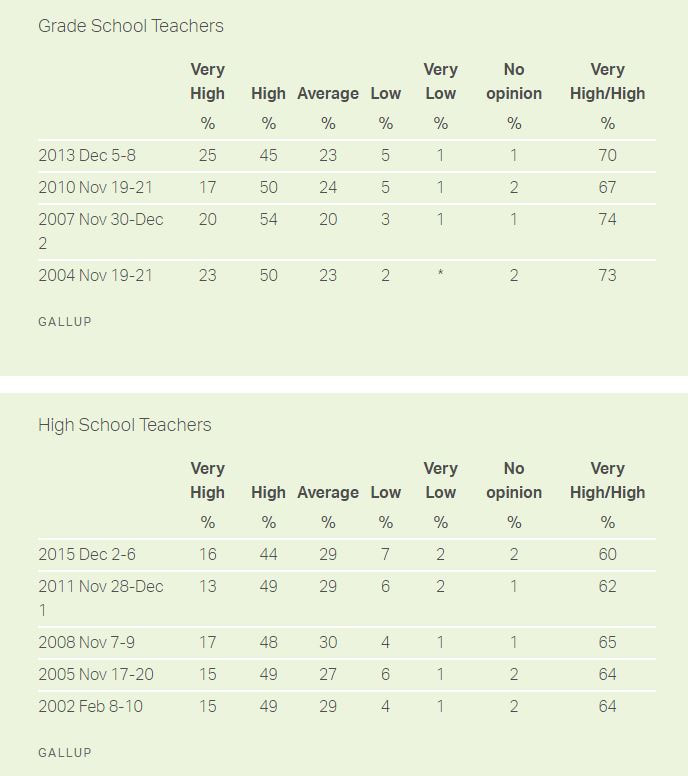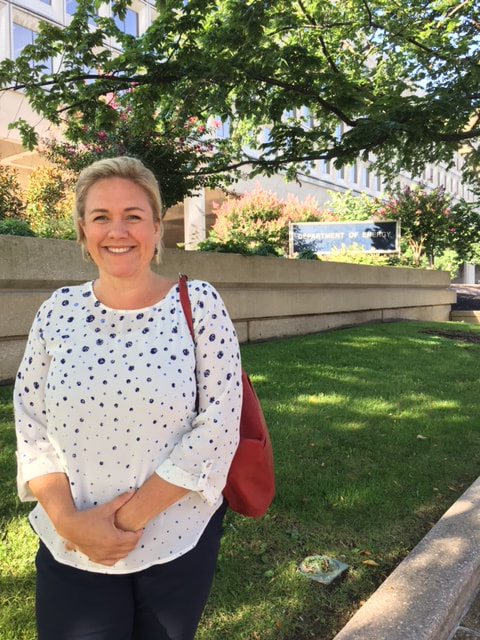"Good teaching cannot be reduced to technique; good teaching comes from the identity and integrity of the teacher." It's October, which back at my home school we consider the toughest month of the year. The novelty of the new school year has worn off and the day to day "grind" of teaching is in full effect. There are stacks of student work to assess, engaging lessons to plan, concerned parents to contact, letters of recommendation to write, staff meetings to attend and rooms full of students to teach. The Einstein Fellowship has afforded me the opportunity to actually breathe during the month of October and gifted me with the time to reflect on the joys and challenges of teaching. I've previously written that the public tends to value and support public schools and school teachers are often regarded as some of the most honest and ethical professionals. I am proud of being a school teacher and hold the work of teachers in very high regard. I agree with Dr. Richard DuFour in the book "In Praise of American Educators" who said, "Teachers need to be frequently recognized, genuinely appreciated, and respected for doing a difficult and complex job well."
|
Archives
July 2018
|
I give many of my IB Biology resources away, for the benefit of students and teachers around the world.
If you've found the materials helpful, please consider making a contribution of any amount
to this Earthwatch Expedition Fund.
Did I forget something? Know of a mistake? Have a suggestion? Let me know by emailing me here.
Before using any of the files available on this site,
please familiarize yourself with the Creative Commons Attribution License.
It prohibits the use of any material on this site for commercial purposes of any kind.
If you've found the materials helpful, please consider making a contribution of any amount
to this Earthwatch Expedition Fund.
Did I forget something? Know of a mistake? Have a suggestion? Let me know by emailing me here.
Before using any of the files available on this site,
please familiarize yourself with the Creative Commons Attribution License.
It prohibits the use of any material on this site for commercial purposes of any kind.

